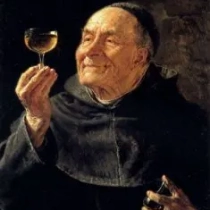 1846 - 1925
academic classicism
1846 - 1925
academic classicism
Description Eduard Von Grutzner
Eduard von Grützner, born in 1846, painted a whimsical world where monks reveled in merriment, beer steins clinked, and joviality echoed through Bavarian cloisters. This German genre painter, nestled between the realms of Academicism and humor, carved a niche for himself in the late 19th century.
Raised in a family of musicians, Grützner initially pursued a musical career before yielding to the call of art. His early works reflect the influence of the Munich School, but it was his embrace of monastic themes that set him apart. His depictions of rotund, joyous monks often engaged in lighthearted activities became his trademark.
Grützner's art is a carnival of color and mirth, a celebration of life that transcends the walls of the monastery. "The Merry Monks" series, with its animated characters and lively scenes, captures the paradoxical union of religious life and earthly pleasures. Grützner, however, approached his subjects with affection, avoiding mockery.
Despite his penchant for humor, Grützner was a technically adept artist. His mastery of light and texture, evident in the intricate details of his monkish scenes, showcased Academic precision. His oeuvre extended beyond monks, encompassing religious and historical subjects, where his technical finesse met narrative depth.
A professor at the Academy of Fine Arts in Munich, Grützner's influence on art education endured. His students included future luminaries like Franz von Stuck, solidifying his role in shaping the next generation of artists.
Grützner's legacy, often overshadowed by the avant-garde movements of his time, is a testament to the enduring charm of narrative genre painting. His monkish revelries, frozen in time on canvas, remain portals to a world where laughter, camaraderie, and a touch of the absurd reign supreme. In the cloisters of Grützner's imagination, the merry monks continue their timeless celebration, inviting viewers to partake in the jubilant dance of life.
Gallery
Paintings Eduard Von Grutzner
Quotes
Art is the most beautiful deception of all! And although people try to incorporate the everyday events of life in it, we must hope that it will remain a deception lest it become a utilitarian thing, sad as a factory.
The biggest reward for a painter is to see the world through his work.
Art is not what you see, but what you make others see.
Painting is easy when you don't know how, but very difficult when you do.
An artist is not paid for his labor but for his vision.
F.A.Q Section
"The Merry Monks" (1877): Depicts a group of monks enjoying a musical gathering, showcasing Grützner's trademark humorous approach.
The Incredulity of St. Thomas" (1887): A satirical take on the biblical scene, adding a touch of humor to the traditional narrative.
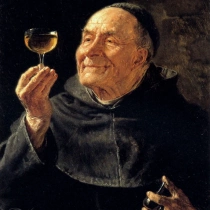
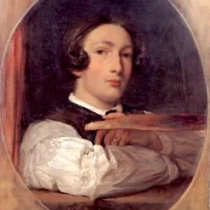
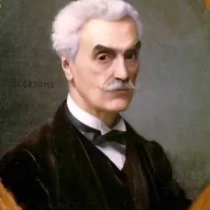
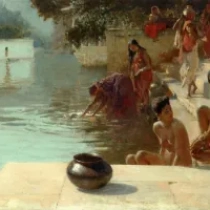
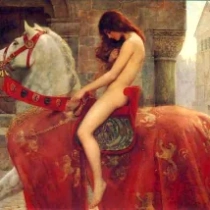
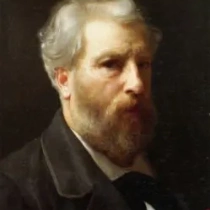
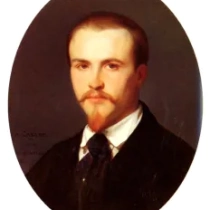
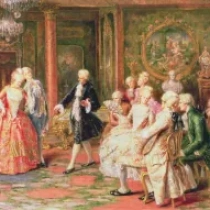
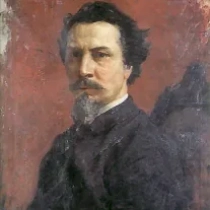
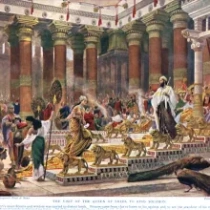
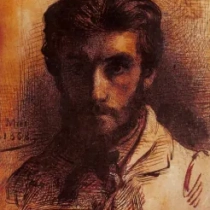
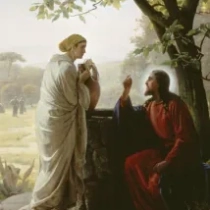
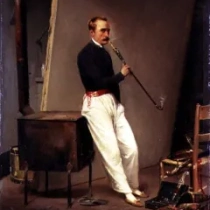
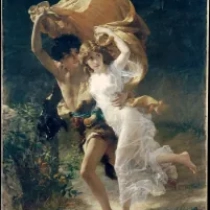
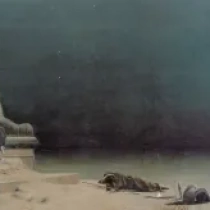
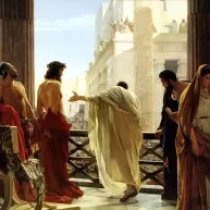
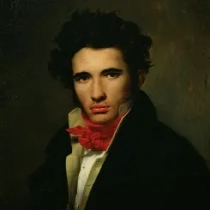
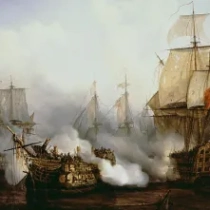
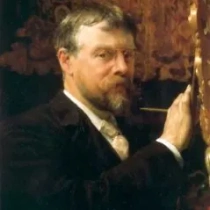
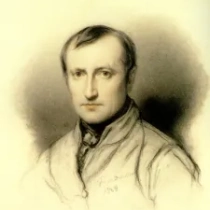
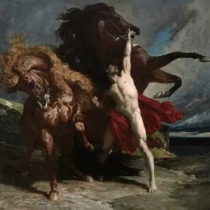
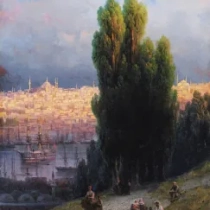
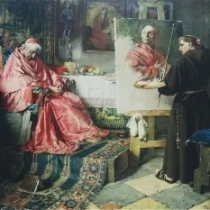
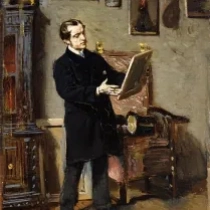
No Comments Yet...